On September 23, 2014, the website of the United Nations Educational, Scientific and Cultural Organization (UNESCO) posted the Yen Tu Complex of Monuments and Landscapes Profile in the list of proposed World Heritage Profiles. Accordingly, Vinh Nghiem Pagoda is one of 6 locations in 3 provinces (Quang Ninh, Hai Duong and Bac Giang ) selected to establish the profile. Based on ancient documents, the pagoda was built during the Ly Dynasty (11th century) and was called Chuc Thanh. During the Tran Dynasty (13th-14th century), the pagoda was expanded, renovated and renamed Vinh Nghiem Pagoda.
Vinh Nghiem Pagoda has long been recognized and honored as one of the Buddhist propagation centers of the Truc Lam Yen Tu Zen sect during the Tran Dynasty, the place where the Nhat Tong Buddhist model was organized and established on the basis of unifying the previously existing Zen sects. This was also the model for later Church organizations. After giving up the throne to become a monk, King Tran Nhan Tong turned Vinh Nghiem Pagoda (also known as Duc La Pagoda) into the Central headquarters of the Truc Lam Church, containing all the records of monks and nuns nationwide.
|
Vinh Nghiem Pagoda is a pilgrimage site on the journey to Yen Tu. Photo: Do Quyen. |
It is worth mentioning that all three Patriarchs (Tran Nhan Tong, Phap Loa, Huyen Quang) used Vinh Nghiem Pagoda as the center for propagating Buddhism of the Truc Lam Yen Tu Zen sect. In April 1308, Patriarch Tran Nhan Tong personally went to Vinh Nghiem Pagoda to preside over the lecture on Truyen Dang Luc, ordered the national teacher Dao Nhat to lecture on the Lotus Sutra to the monks during the rainy season and unify the Buddhist Sangha of the Tran Dynasty. In September 1313, Patriarch Phap Loa followed the imperial edict to reside at Vinh Nghiem Pagoda, taking on the role of establishing the headquarters of the Central Buddhist Sangha of Dai Viet. He conducted the selection of talented monks, assigned positions to monks throughout the country; inspected monasteries and established a register of monks to manage the number of ordained monks, and received monks and nuns every three years. All of these Buddhist activities were directly directed by Phap Loa. For the first time in the history of Vietnamese Buddhism, monks and nuns had records at the Sangha.
In 1305, while following King Tran Anh Tong to Vinh Nghiem Pagoda to listen to Zen Master Phap Loa preach, Huyen Quang attained enlightenment and asked to become a monk here. He submitted a petition three times to resign to become a monk and study Buddhism, and was accepted, with the Dharma name Huyen Quang.
As the first Buddhist university in the country, Vinh Nghiem Pagoda currently preserves 3,050 valuable woodblocks in many fields. This is the only original woodblock set of the Truc Lam Yen Tu Zen sect that is still preserved at the pagoda to spread the core ideology of Buddhism to hundreds of pagodas with millions of monks, nuns, and Buddhists from the past to the present. In particular, the Nom script in the work Thien Tong Ban Hanh (one of the books in the woodblock collection at Vinh Nghiem Pagoda) was taken by the Vietnamese Nom Preservation Foundation (USA) as a model for the Nom font on Unicode code (symbol NomNaTongLight, ttf) and used as an international language on computers. In 2012, Vinh Nghiem Pagoda woodblocks were recognized by UNESCO as a Documentary Heritage under the Memory of the World Program in the Asia- Pacific region.
Over the past 700 years, the Truc Lam Yen Tu Zen sect has gone through many events, associated with the ups and downs of Vietnamese history, but has still been maintained and developed. Today, the spirit and ideology of Truc Lam Yen Tu Buddhism during the Tran Dynasty are still practiced by monks, nuns, and Buddhists in Vietnam. From the Vinh Nghiem Buddhist center, the ideology of this Zen sect spread throughout the country and the world . Therefore, Vinh Nghiem has become a Buddhist land that many generations of Buddhists have wished to visit: "Whoever has passed through Yen Tu, Quynh Lam-Vinh Nghiem has not yet been there, their Zen mind is not yet satisfied".
Vinh Nghiem Pagoda Festival is held annually on a large scale from the 12th to the 14th of the second lunar month, attracting a large number of people and tourists from all over the world. In 2013, Vinh Nghiem Pagoda Festival was included in the list of national intangible cultural heritage by the Ministry of Culture, Sports and Tourism. With its outstanding values, in 2015, Vinh Nghiem Pagoda was ranked as a special national monument.
It can be said that Vinh Nghiem Pagoda is an important relic of Vietnamese Buddhism in general and Truc Lam Yen Tu Zen sect in particular. Documents about the pagoda as well as information contained in the woodblock archive play a special role in building the Scientific Profile of Yen Tu Monuments and Landscape Complex to submit to UNESCO for recognition as a World Heritage Site in the near future.
Huyen Phuong
Source: https://baobacninhtv.vn/bg2/dulichbg/chua-vinh-nghiem-truong-dai-hoc-phat-giao-dau-tien.bbg


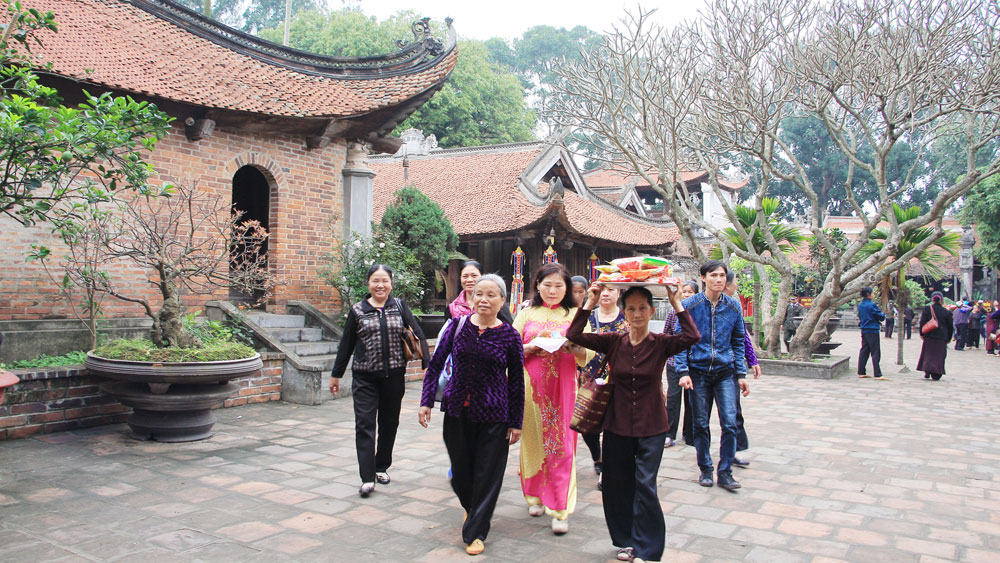

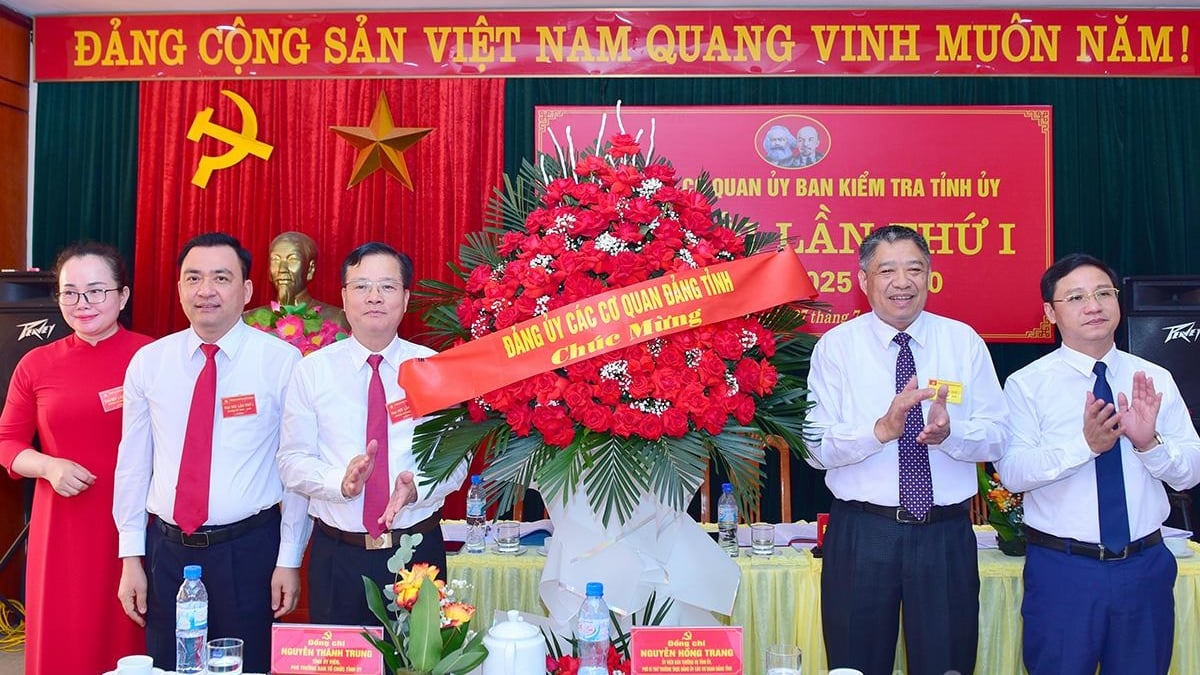
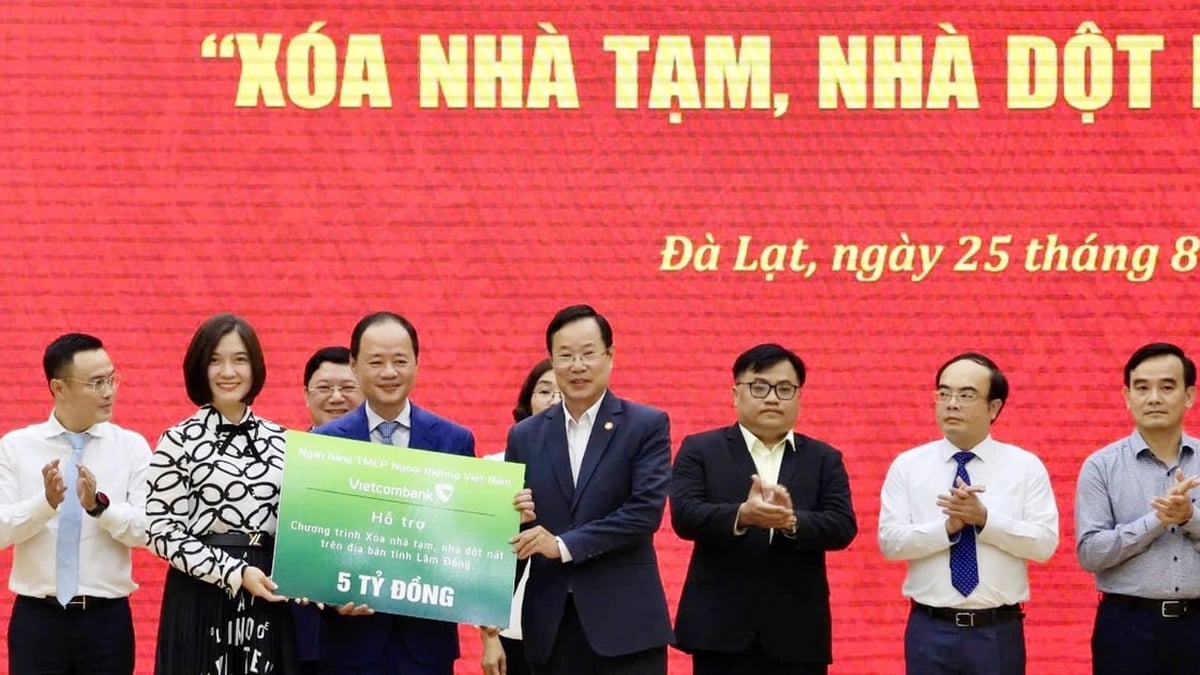
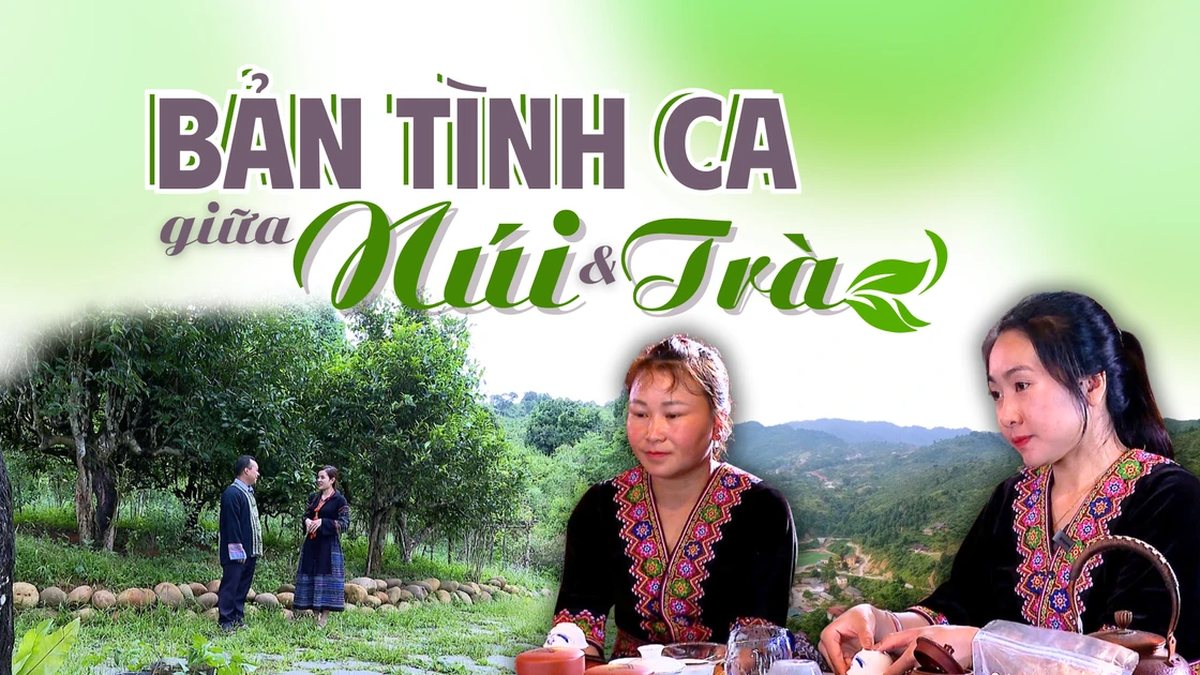

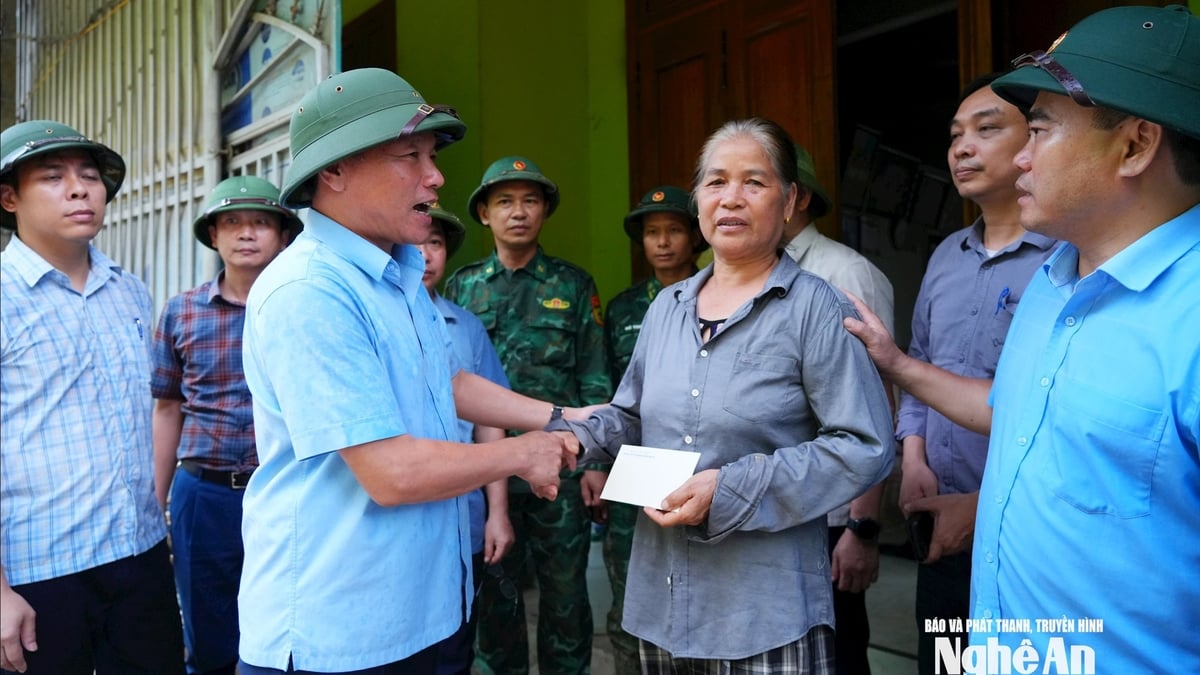

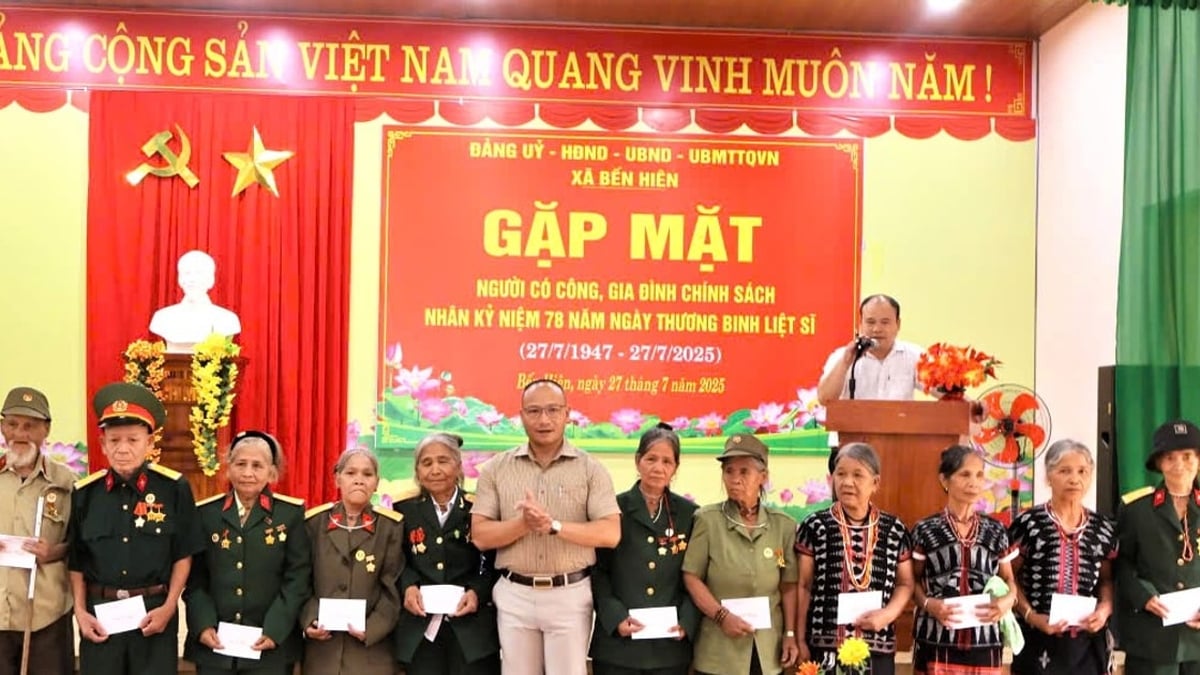

























































































Comment (0)